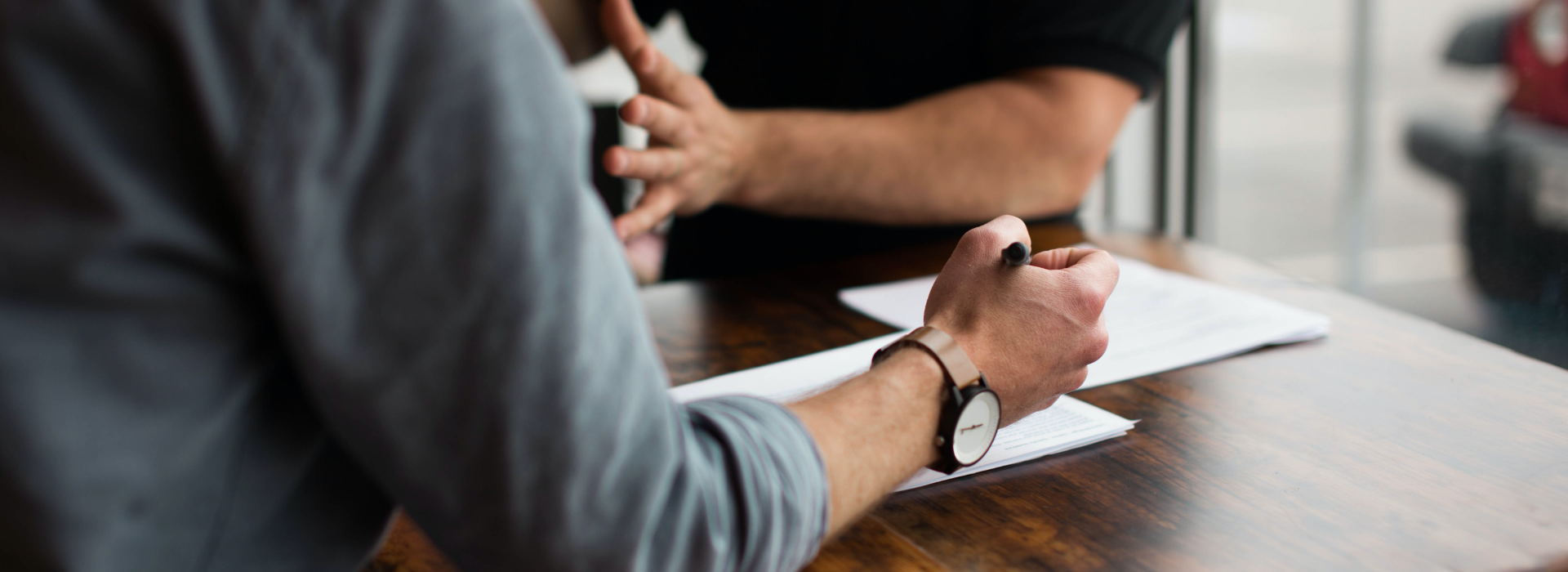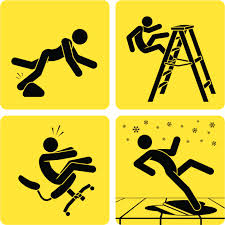Falls are one of the leading causes of unintentional injuries in the United States and the second-leading cause of unintentional death in homes and communities. Falls result in approximately 8.9 million visits to the emergency department and about 25,000 fatalities each year (according to the National Safety Council, Injury Facts Report).
Most people have a friend or relative who has fallen, or maybe you’ve fallen yourself. The risk of falling, and fall-related problems, rises with age and is a serious issue in homes and communities.
Before you put away those holiday decorations, read about the common locations for falls around your home, how to prevent falls and how to use a ladder safely.
Common locations for falls
- Doorways
- Ramps
- Cluttered hallways
- Areas with heavy traffic
- Uneven surfaces
- Areas prone to wetness or spills
- Unguarded heights
- Unstable work surface
- Ladders
- Stairs
Fall prevention tips
- Clean up all spills immediately
- Stay off freshly mopped floors
- Secure electrical and phone cords out of traffic areas
- Remove small throw rugs or use non-skid mats to keep them from slipping
- Keep frequently used items in easily reachable areas
- Wear shoes with good support and slip-resistant soles
- Arrange furniture to provide open walking pathways
- Keep drawers and cabinet doors closed at all times
- Install handrails on all staircases on both sides
- Remove tripping hazards (paper, boxes, books, clothes, toys, shoes) from stairs and walkways
- If you have young children, install gates at the top and bottom of stairs (unlatch the gate in order to pass – don’t climb over them)
- Ensure adequate lighting both indoors and outdoors
- Remove debris from exterior walkways
- Adjust gutter downspouts to drive water away from pathways
- Periodically check the condition of walkways and steps, and repair damages immediately
- Never stand on a chair, table or other surface on wheels
Ladder safety
- Always keep at least three points of contact with the ladder (i.e. two hands and one foot or two feet and one hand)
- Place the base on a firm, solid surface
- A straight or extension ladder should be placed 1 foot away from the surface it rests against for every 4 feet of ladder height
- When you climb, always face the ladder and grip the rungs, not the side rails
- Climb down a ladder one rung at a time
- Do not climb with tools in hand – use a tool belt
- Keep your body between the ladder side rails when climbing
- Do not lean or overreach – reposition the ladder closer to the work instead
- Tie down a ladder when using it outdoors and do not use it in windy or inclement weather









